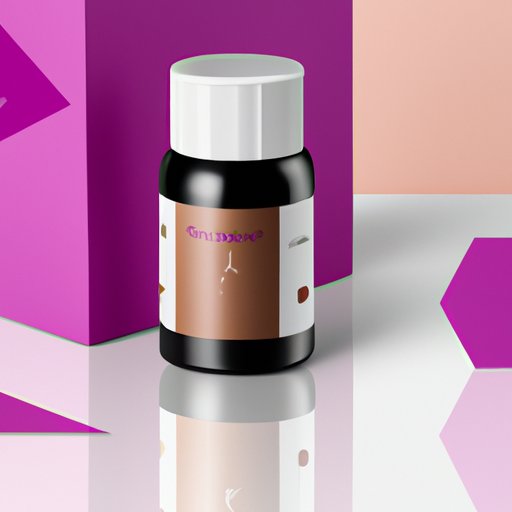
Introduction
As someone who has edited images or PSD files in Photoshop, you may know that scaling an image can be a tricky task. Zooming in or out may seem like a simple solution, it can lead to negative consequences like resolution loss and pixelation. The good news is that there is a better way. In this article, we will discuss nondestructive scaling, which provides a solution to this problem for image editors in Photoshop.
Understanding Scaling
Scaling is a necessary tool for image editing. It allows you to adjust an image to fit your desired size or dimensions. While scaling, however, you need to keep in mind that increasing or decreasing an image size can also negatively impact its quality. Too much scaling can lead to a loss of resolution, making the image appear blurry or pixelated.
Nondestructive Scaling in Photoshop
In Photoshop, nondestructive scaling is a technique that preserves the original quality of the image. It involves the use of smart objects, which are layers that can contain one or more layers and can be adjusted without permanently altering the original layers.
To scale a smart object nondestructively, first, open the Photoshop file and select the layer or group you want to scale. Then, right-click and choose ‘Convert to Smart Object’. Finally, go to Edit > Transform > Scale. You can now adjust the size of the object as needed without losing any quality.
One of the benefits of using smart objects is that you can modify them at any time without affecting the original image quality. If you ever need to adjust the proportions or sizes later on, you can simply edit the smart object again, which updates your image automatically without having to start over.
Advantages of Nondestructive Scaling
The flexibility of nondestructive scaling in Photoshop is invaluable when editing images. For instance, it allows you to adjust the size of an image to fit different screen sizes or proportions without creating multiple versions of the image.
Additionally, nondestructive scaling can simplify image scaling when you need to create multiple versions of the same image in different sizes. Rather than creating individual PSD files for each size, you can quickly scale the image to meet the requirements of each platform or use case.
Destructive Scaling vs. Nondestructive Scaling
When it comes to scaling images in Photoshop, there are two basic options: destructive and nondestructive scaling. Destructive scaling involves directly scaling an image, reducing its resolution and altering the original quality in the process. Nondestructive scaling, on the other hand, preserves the original quality of the image in the form of a smart object.
In most cases, nondestructive scaling is the better option for maintaining image quality in Photoshop. However, there may be rare instances when destructive scaling is necessary, such as when working with bitmap images or when you don’t have enough storage space to store multiple PSD files.
Real-World Scenarios
Nondestructive scaling can be useful for a range of real-world scenarios, including responsive design, logo design, and creating images for social media platforms. For example, responsive design requires images to be resized to fit different screen sizes seamlessly. By using nondestructive scaling, you can quickly adjust sizes without losing image quality.
Another scenario where nondestructive scaling can be essential is when designing logos. Logos are often used repeatedly in different formats or on different platforms, which require different sizes. Nondestructive scaling simplifies this process and ensures consistent quality across all variations of the logo.
When to Use Nondestructive Scaling
In general, nondestructive scaling is an excellent technique to use in any scenario where you want to maintain image quality while adjusting the size or proportions of an image. However, it’s important to remember that other techniques may be more appropriate in specific situations. For example, cropping or canvas resize may be better alternatives when not working with a smart object.
Conclusion
Nondestructive scaling, when done using smart objects in Photoshop, can help you maintain image quality and simplify the process of adjusting image size to fit different use cases. The use of smart objects also provides flexibility when adjusting scaling later on or when designing responsive images.
Hopefully, this article has provided you with a better understanding of nondestructive scaling in Photoshop and its advantages. Try this technique on your images the next time you need to adjust their size and see the difference for yourself!
If you’re interested in learning more about Photoshop techniques and image editing, be sure to check out Adobe Creative Cloud and their extensive range of online resources.




